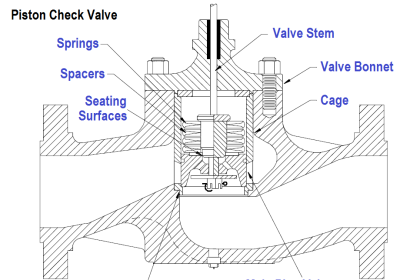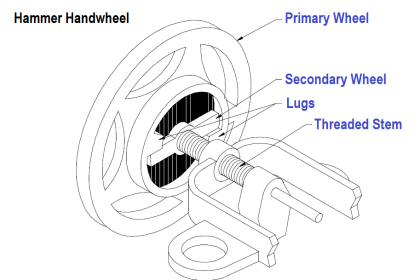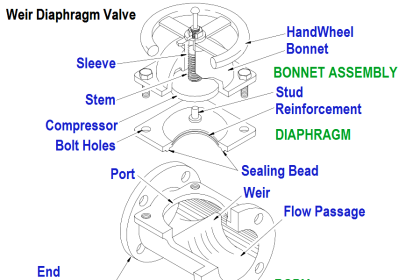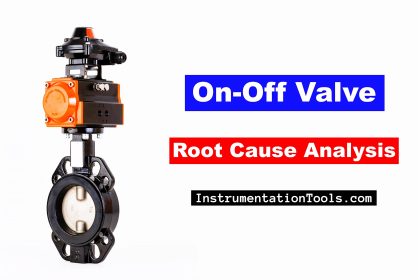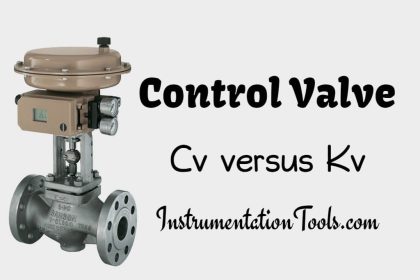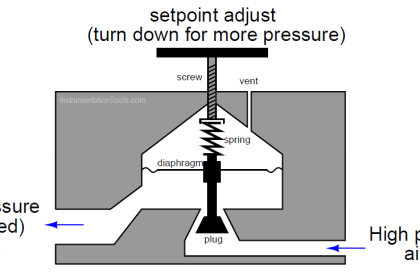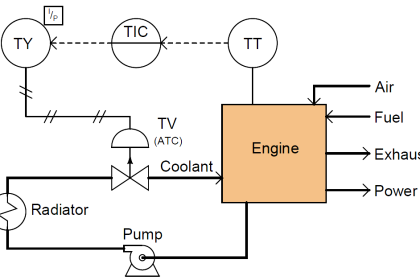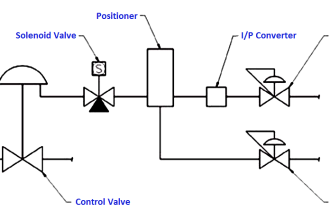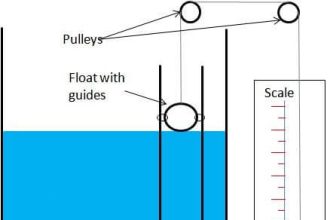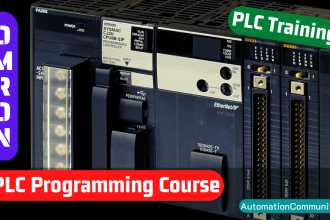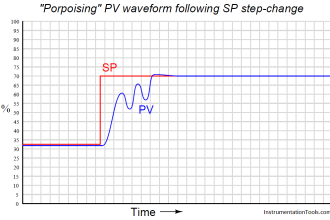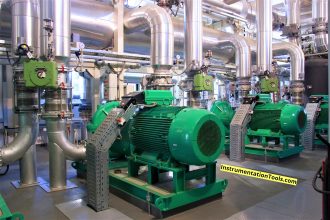You must have heard how servo motors work in controlling a motion precisely. When you want to move an object accurately from 0 to 100 mm without any point difference, then a servo motor is preferred for them due to the precise resolution of movement it provides. But, many do not know that like a servo motor, there comes a servo valve too.
A servo valve also serves the same purpose of accurate motion and is preferred in applications where a normal valve opening or closing will bring some deviation in the process, like allowing exact amounts of water to flow. So, servo valves play a very important role in industrial applications. In this post, we will see the concept of a servo valve.
Difference between Proportional and Servo Valves?
Let us understand what a servo valve is. If you see valve applications in industries, the most basic type is a fully open or closed valve. Depending on whether the valve is single-acting or double-acting, the valve will either open fully or close fully. It will not stop in between. This demanded a need to bring a valve which can stop in between. So, there came proportional control valves.
A proportional control valve will take analog input in the form of 0-10 V or 4-20 mA from the PLC and move according to that scale. In that sense, you can get the valve to remain in the position you require. Due to this, an application can get only the required amount of media to flow accordingly
But, both these valves operate on the basis of command only. If it is given a command of 30% and it opens 30.5%, then it will remain in that position only. So, there arises a need and it will accurately remain in the position that is asked and internally adjust itself to be near the set point. This function is done by a servo valve.
A servo valve is a valve that gets a command from the controller, moves according to that command and if there is variation in its movement, it will adjust accordingly. This adjustment goes on till the command is active and it is not near the setpoint.
Just like a PID controller, the Servo valve also maintains its position near the desired opening or closing point, thus precisely controlling the flow of media at its outlet. It makes use of internal feedback of its position and makes the correction according to the desired setpoint.
You may think how a valve misaligns its position when it is given a certain command to move; but many factors like mechanical errors, aging of the valve, vibrations, or outside atmosphere effects cause the valve to do so. These bugs are resolved properly in a servo valve.
Servo Valve Principle
As you must have understood, a servo valve works on the basis of PID control or closed-loop control. The valve accepts electrical analog signals from the PLC in the form of 0-10 V or 4-20 mA. A feedback wire is connected inside the circuit, for giving feedback to the controller inside the valve. When a command is given to open or close the valve at a desired percentage, the valve starts to move to that position.
In a PID controller, you must have seen how fast the output operates when the error between the setpoint and current value is large and becomes slower when the error becomes minimal or zero. In a similar way, the valve speed is high when the difference between the set position and the actual position is high. When it reaches near the position, its speed starts to decrease.
As long as it does not achieve the set position, it will continue to increment or decrease its position. Once the position has been achieved and if for any reason the position is misaligned, then again it will try to get back to that original position. Due to this, the servo valve can provide accurate control of the position, velocity, and also acceleration of the actuator.
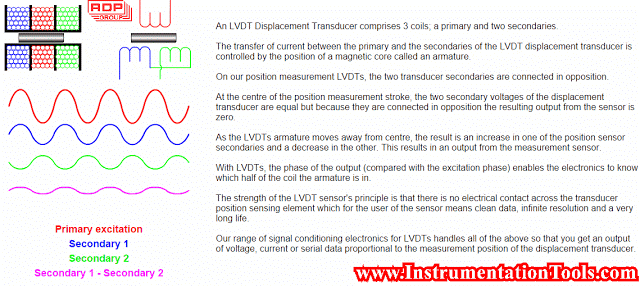
The feedback signal used inside is an LVDT (linear variable differential transformer). It is a distance transducer that converts physical signals of distance into electrical signals. The main mechanism of the valve is a spool on which this sensor is mounted and the movement on this spool rod is tracked continuously.
Based on the feedback and the control command received, the spool moves continuously to keep the actual valve position in the desired place. Similar to servo drives and motors, the feedback received in a servo valve can be of three types – position, speed, and force.
Advantages of Servo Valves
The main advantages of servo valves are listed here.
- Servo valves do precise control of fluid flow and pressure
- Servo valves have high dynamic response and speed
- Servo valves has accurate positioning in servo systems
- Servo valves are suitable for high-performance applications
- Servo valves perform smooth operation with minimal overshoot
- These can handle large forces with fine control
- These are reliable in demanding environments
- Servo valves can work with various hydraulic fluids
- Servo valves supports closed-loop feedback for best accuracy
- Servo valves are suitable for complex motion control systems
Applications of Servo Valves
Servo valves are used in a variety of applications like gas turbines, aeronautics, shipping, construction, lifting, earth-moving vehicles, automobiles, and large scale manufacturing.
In this way, we saw the concept of a servo valve.
Read Next:
- Compare Servo Motor and DC Motor
- Servo Operated Manometer Questions
- Control Methods in Servo Motor Drives
- Servo Tank Gauges Working Principle
- Compare Servo Motor and Stepper Motor
